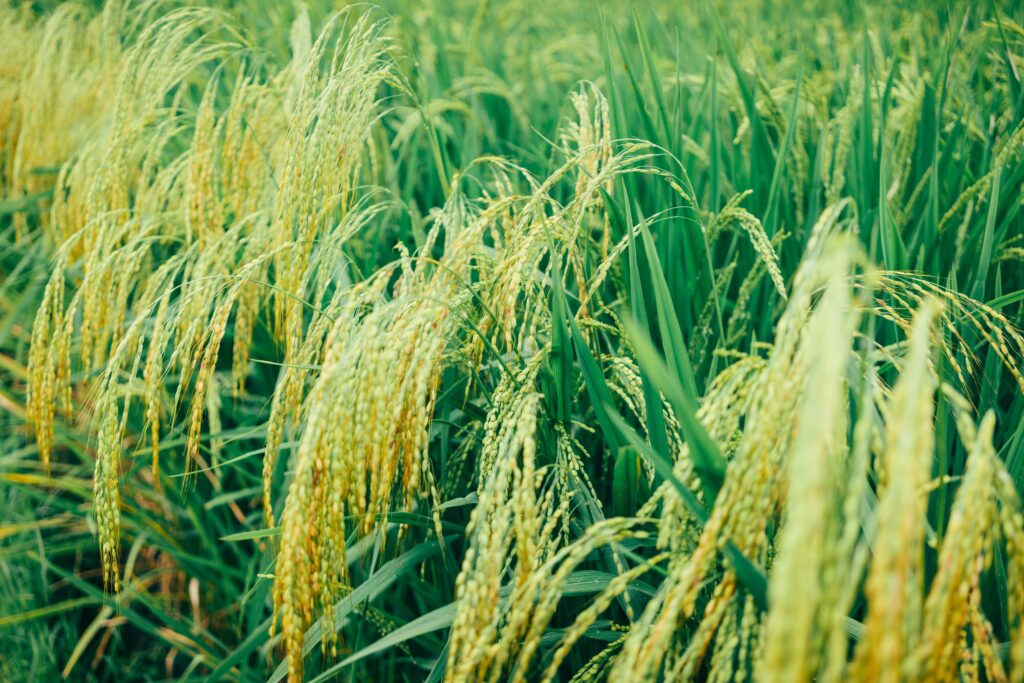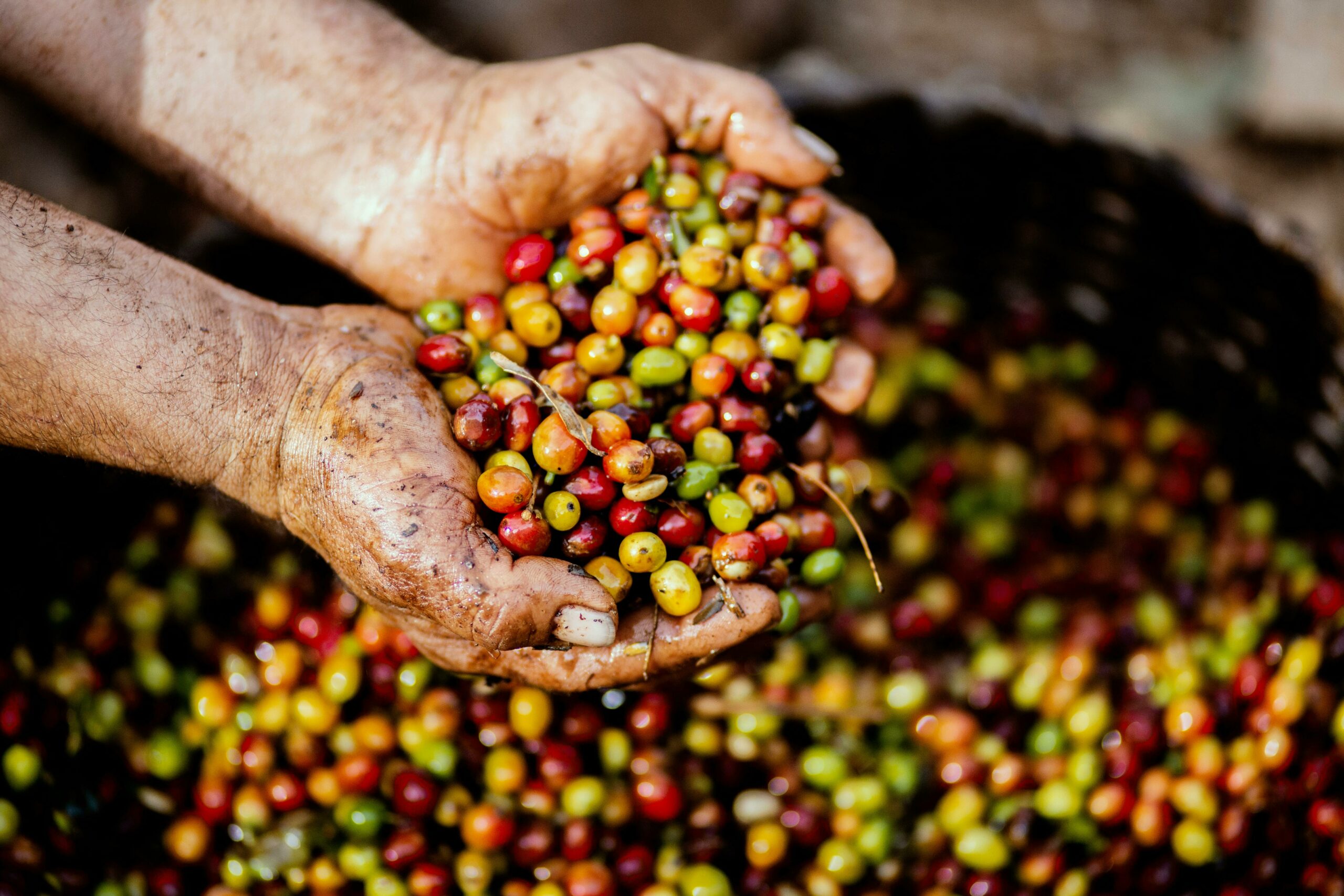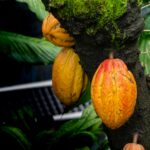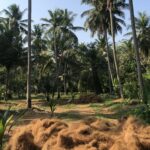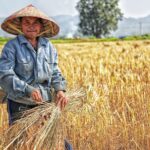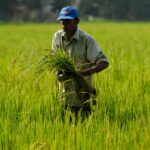Introduction and context
Rice is more than just a staple food; it contributes to nearly one-fifth of all human consumed calories globally. The reliance on this cereal draws a clear picture of its indispensable role in ensuring food security, especially in developing countries. Today, rice consumption is increasing globally, while productivity is declining due to numerous factors.
With 90% of worldwide rice production concentrated in Asia, nations like China, India, Bangladesh, Indonesia, and Vietnam are pivotal to the global rice supply. Rice consumption however is largely decentralized and distributed globally.
Smallholder farmers are integral to this supply chain, making their challenges and opportunities essential to address. As global rice demand is projected to rise by 25% over the next 25 years, understanding the dynamics of rice supply chain sustainability is not just timely but crucial.
After the COVID-19 pandemic, many countries have decided to drastically reduce or limit their export in order to strengthen their food security stock, it reveled more than ever the political lever that rice represents especially in Asia. South-East Asian countries had divergent rice policies : Vietnam had to restrict the volumes exported to secure local consumption while exceptionally securing some reserves for the Philippines which usually imports 90% of its rice from the country. On the other hand, Thailand used the export restriction in the neighboring countries to its own benefit. Using the excess of rice available countrywide, Thailand was able to cater imports’ needs and a temporary increase of demand for Thai rice was observed.
Global dynamics of rice cultivation
Rice cultivation is the lifeline for billions globally. Its dominance in the global dietary landscape and its cultivation practices have evolved, responding to both the changing environment and socio-economic drivers. The current rice cultivation paradigm is marked by the extensive use of the green revolution package while natural resources context has radically changed. Indeed, designed originally to maximize yield, these seeds are a double-edged sword as their productivity is linked to a heightened dependence on herbicides, water, chemical fertilizers, and pesticides. While such practices have pushed production figures, they are posing today environmental and health challenges that have become priorities during the last decade.
Environmental Impact
- When continuously flooded, rice cultivation is potent sources of methane – a greenhouse gas with 25 times the global warming potential of CO2 over a century. Methane emissions from rice land account for approximately 10% of global agricultural greenhouse gas emissions. With countries like Vietnam attributing 50% of their agricultural emissions to rice cultivation, it’s evident that addressing methane emissions is both an environmental and economic priority.
- Higher temperatures observed due to climate change, especially occurring at the flowering stage of rice cultures induce flower sterility. This directly impacts the pollination and development of the crops, resulting in reduced yields.
- Rice cultivation is inherently water-intensive. It’s estimated that producing 1 kg of rice requires about 2,500 liters of water. In regions like India, where 44% of the land is drought-prone, such consumption is unsustainable and sometimes worsen by public policies to reduce production cost. Indeed, water conservation regulations in farming systems in India remains absent. Farmers have access to free water, and development projects up to 218 were focused on building water canals for irrigation, proven to be very wasteful. Moreover, in countries like China, excessive water extraction for rice farming has led to dropping water tables, further intensify the water crisis. With the world crawling towards potential water scarcity, sustainable water management in rice cultivation isn’t just desirable; it’s imperative.
Social Dimensions
The majority of rice is grown by smallholder farmers, who face a variety of challenges.
- Ageing populations in rural areas, complemented with the youth’s migration to urban centers, threaten the future of rice farming.
- Fluctuating global prices impact directly the prosperity of these farmers. They are frequently dependent on monsoon rains, with some regions already experiencing water stress, which is expected to intensify with the predicted climatic changes.
- With rice becoming less profitable for farmers, it is used as a secondary crop for household consumption. Smallholders are switching towards more profitable cash crops and using their yield as daily consumption.
The International Rice Research Institute (IRRI) estimates that, traditional rice-farming landscapes could see a decline in yields by up to 40% due to climate change caused by severe drought as seen in some states in India, while demand is continuously growing. These figures not only underscore the vulnerability of rice farmers but also emphasize the need for adaptive and resilient farming techniques as well as attractive purchasing prices that are not including today the high environmental cost related to this crop.
Economic challenges
By observing the global rice trade flows throughout the years, remarkable events can be noted :
- Severe drought episodes in 2018 have highly impacted the general production and export, observed in a reduces trade friction between major countries.
- Following the COVID-19 pandemic, several countries reduced their exports to guaranty national food security, which lead to an increase in international rice prices.
This price fluctuation not only threatens the political synergies and trade networks in place, they also impact the countries at stake which rely on rice to ensure nutritious intake and food security for the most vulnerable communities.
Towards Net-Zero Cultivation: Opportunities and Pathways
The journey to net-zero in the rice cultivation sector is a colossal task, given the complexity, variability and scale of its production. Due to its methane emissions, rice plots emit 2 to 5 more times than other staple crops. Recognizing rice as a high-GHG crop opens doors to climate financing. Directing these funds towards rural communities and small-holder farmers can promote climate resilient cultivation practices, aiding the move towards net-zero emissions. *Link to Carbon sequestration article
Methane Mitigation
Paddy cultivation, especially when submerged, are significant contributors to methane emissions. While traditional rice farming has relied on continuous flooding, alternative methods like the Alternate Wetting and Drying (AWD) technique can reduce methane emissions by up to 50%. AWD involves allowing the paddies to dry for certain periods before reflooding, disrupting the methane production cycle. The International Rice Research Institute (IRRI) has been pivotal in promoting AWD, noting that beyond methane reduction, AWD can save up to 30% of water used in cultivation. This methodology has been tested by Ksapa’s agronomy expert In Thailand part of a smallholder livelihood Improvement project.
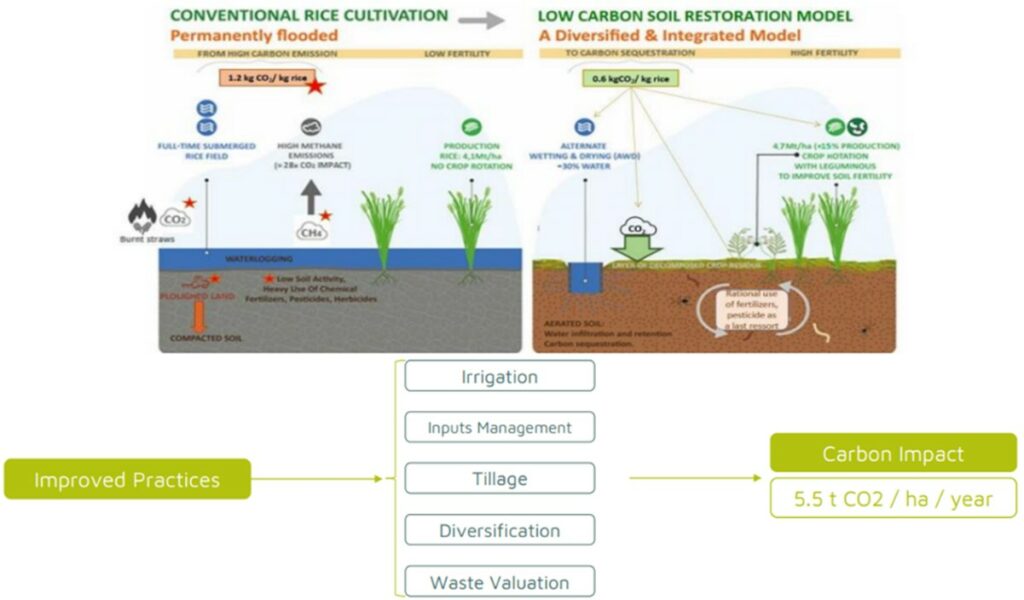
Capacity Building
Empowering farmers with knowledge and skills is essential. In addition to AWD, programs that focus on teaching farmers about Good Agricultural Practices including soil preparation and fertility management, sowing and weeding, sustainable inputs, home-made production and residue management can yield significant dividends.
Financial Mechanisms
Given that rice is a high-GHG crop, there’s a tangible opportunity to attract climate financing. Farmers and cooperatives can switch to sustainable practices such as AWD previously described, which leads to reduced carbon emissions and earn carbon credits.
Case studies : Insights and Learnings
Efforts in Africa to improve nutritious value of produced rice
The African continent holds significant potential for rice cultivation. Yet, vast expanses suitable for rice production remain underutilized. Indeed, More than 230 ha are estimated to be suitable for rice production, only 12 ha are actually being used. Current yields are concerning, especially given the rising demand in regions like Sub-Saharan Africa. However, initiatives in countries like Burundi, where improved rice varieties and comprehensive farmer training on Good Agricultural Practices (GAP) have led to a 73% increase in production, demonstrate the transformative potential of targeted interventions.
Vietnam’s sustainable initiatives
With rice production being a significant contributor to Vietnam’s greenhouse gas emissions, the country’s commitment to the Paris Agreement’s emission reduction targets is noteworthy. Vietnam has incorporated sustainable agricultural practices in its National Development Agenda and collaborates with international partners to promote sustainable rice cultivation. Efforts include creating private sector toolkits for sustainable rice value chains and developing monitoring, reporting, and verification (MRV) frameworks.
Philippines’s innovations
The Philippines showcases the benefits of technological integration in sustainable rice cultivation. Their national pest surveillance and early-warning system, along with a shift to dry direct-seeded rice, has led to a 23% decrease in methane emissions.
Challenges and Interventions
Today, most of the projects including rice production are either very rare or implemented very slowly or on very limited pieces of land. Because of its political dimension, project related to rice value chain usually involve a large number of stakeholders with different interests. It’s urgent to set up light implementation processes with quick impacts in order to foster smallholders farmers to adopt massively sustainable GAPs. These sustainable practices will have a tremendous impact due to the number of rice farm all around the world. Indeed, for the past 10 years Alternate Wetting and Drying (AWD) and System of Rice Intensification (SRI) were among the most popular and effective production systems demonstrating positive impacts on water consumption and soil fertility management, however these systems haven’t been adopted massively because of constraints at different levels: awareness, administrative or operational that prevented farmers from understanding, owning, adopting and transferring such kind of low tech innovation. Even with carbon finance that would be an accelerator to shift to more thrifty practices, technical and administrative implementation deter most of the supply chain stakeholder to engage on a large scale.
All of these sustainable practices are leveraged in the SUTTI initiatives that Ksapa has been conducting since 2000 in Asia and Africa.
CONCLUSION
The complexities surrounding rice cultivation, from environmental implications to socio-economic and political challenges, require a multifaceted approach for sustainability. As the global demand for rice will continue to grow, forging sustainable pathways is not just preferable but essential. Understanding these challenges and opportunities is a key to guiding businesses towards sustainable decisions and practices in the rice sector.

